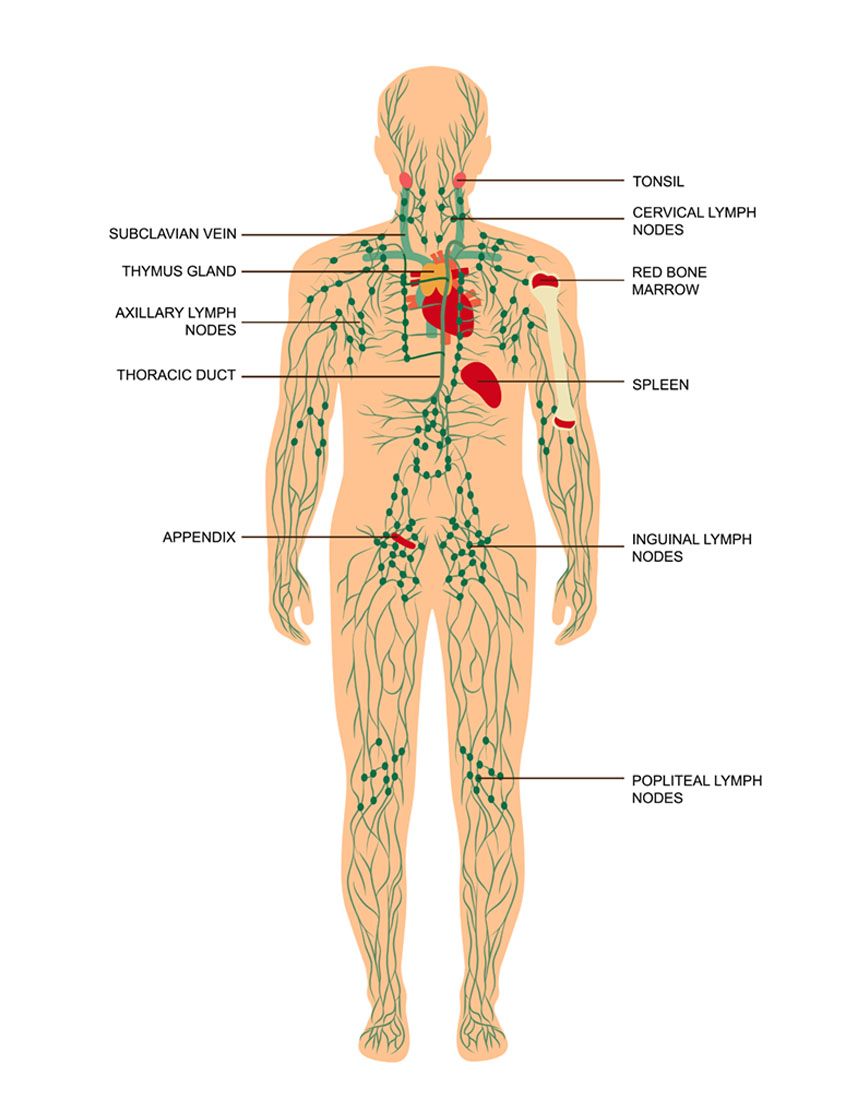Lymphoedema is a progressive, chronic condition that cannot be cured and that requires long-term
management. The best outcomes are achieved if the person with lymphedema works in partnership
with healthcare professionals.
Management should address all aspects of living with lymphoedema, including management
of pain, nutrition and any psychosocial issues. It should also focus upon reducing fluid
build-up in the tissues. This is achieved using a combination of:
Exercise and/or movement
Exercise and movement help to move lymph and blood from the tissues back into the
lymphatic and blood vessels.
There is evidence that exercising while wearing compression increases this beneficial effect
(Lymphoedema Framework, 2006).
Manual lymphatic drainage
Like exercise, manual lymphatic drainage uses manual massage techniques to encourage the movement of fluid from the tissues (Lymphoedema Framework, 2006).
Skin care
Skin care is an important part of management since it helps to avoid breaks in the skin that may
lead to infection (cellulitis).
Lymphoedema is a risk factor for cellulitis, and once skin infection has occurred, it
is more likely to recur. This can result in hospitalization and a need for long-term antibiotic
therapy.
Prevention
A number of steps can be taken to prevent lymphoedema occurring in at risk individuals:
- Good skin and nail care
- The use of compression hosiery
- Maintenance of optimal weight
- Balanced nutrition
- Exercise, movement and elevation of the affected limb.
Self-care
If management and self-care is ignored, lymphoedema can deteriorate gradually, becoming
increasingly more difficult to manage and taking longer to control.
An increase in limb size can interfere with mobility and affect body image (Tobin et al,
1993).
There are also changes in tissue structure and an increased susceptibility to frequent episodes
of acute cellulitis, often resulting in periods of hospitalisation and long-term dependency on
antibiotics (Mortimer, 1995).
Compression therapy
Compression therapy is a key component of the management of lymphoedema. It can be used to
prevent development of lymphoedema in at-risk patients, or to manage early symptoms, but it is
most commonly used in long-term management (Lymphoedema Framework, 2006).
Compression works by supporting the limb and reducing swelling. It does this by providing a
casing around the limb which provides resistance to the muscles when they move and contract.
If the swollen limb has maintained a proportional limb shape then
compression hosiery may be used (following full nurse assessment). If there is significant
swelling that distorts limb shape, or if there is a wound or skin changes, compression bandaging
may need to be used initially until healing is achieved and/or swelling is reduced (Lymphoedema
Framework, 2006). If you are unsure as to which product to use, seek the advice of a health-care
professional.



